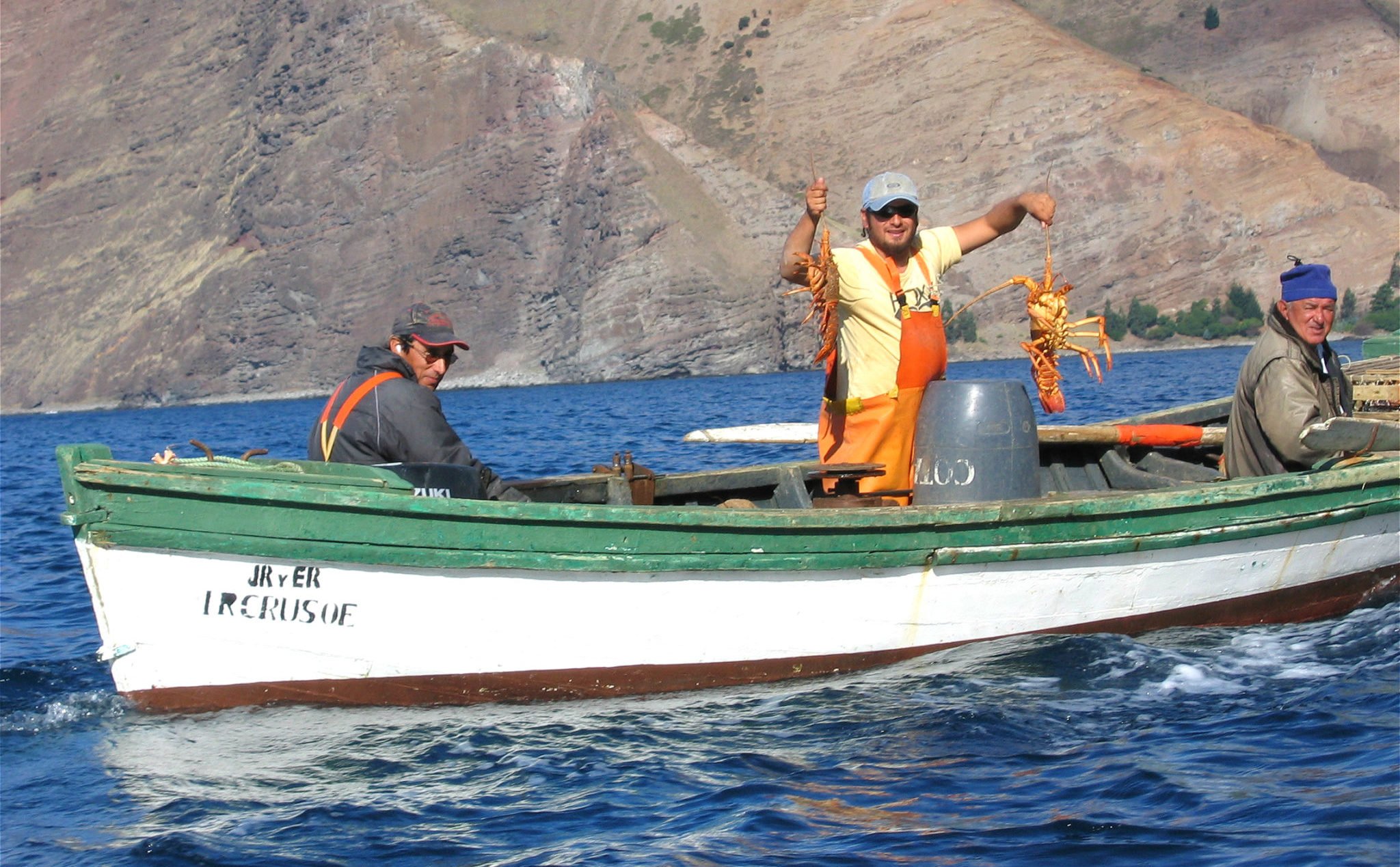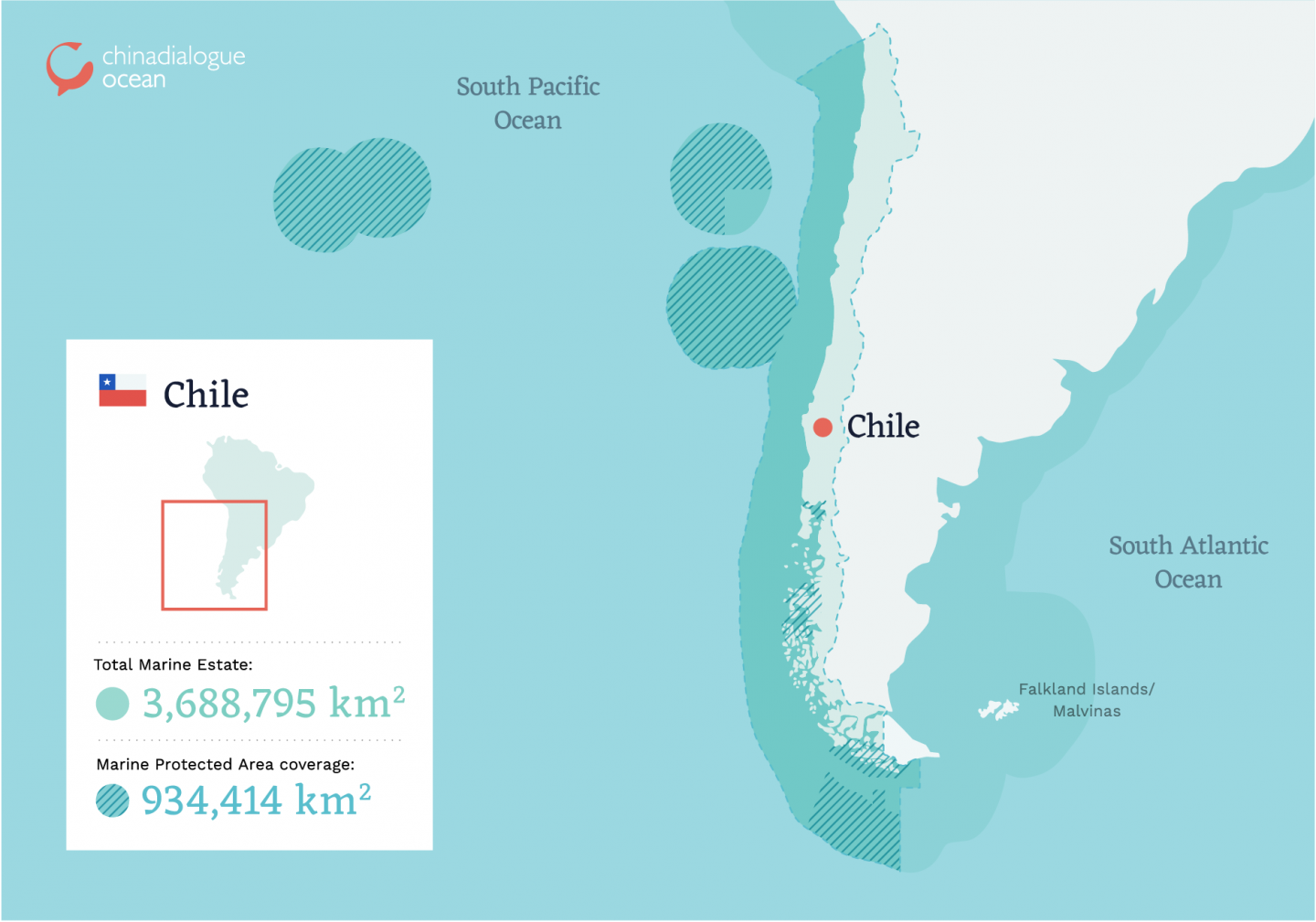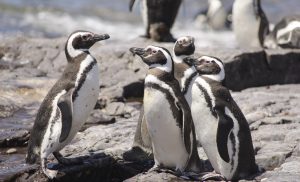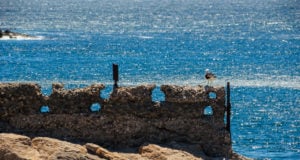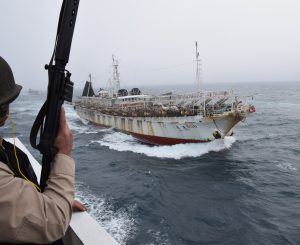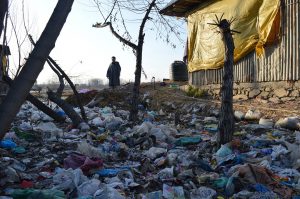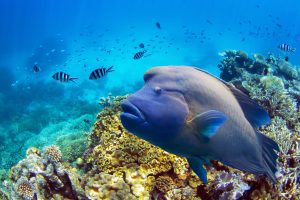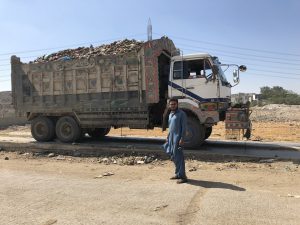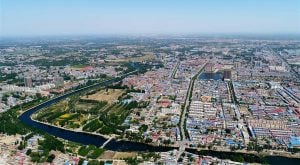Julian Chamorro lives in a place that he considers close to paradise. It would not, perhaps, be to everybody’s taste: the remote volcanic Juan Fernández islands, 600 miles off the coast of Chile and inhabited by just 1,000 people. One of the three islands is Robinson Crusoe, a third is Alexander Selkirk, in honour of the castaway who inspired the Daniel Defoe novel. But to Julian Chamorro, what makes his ancestral island special is that it is a case study in the benefits of environmental stewardship.
The islanders live from fishing a rock lobster, jasus frontalis, which, like 90% of the other creatures that inhabit the waters around the islands, is unique to Juan Fernández and the neighbouring islands of San Felix and Sant’Ambrosio to the north. The lobster’s special flavour derives from the cold waters of the Antarctic, carried north to the islands by the Humboldt current. Its abundance is owed to the foresight and prudence of earlier generations.
In 1914, Julian Chamorro explained, industrial fishing boats arrived in the islands, hoping to cash in on the abundant lobsters for the newly established canning business. The islanders, who had been fishing their waters sustainably for more than 200 years, saw that their stocks and livelihoods were rapidly disappearing.
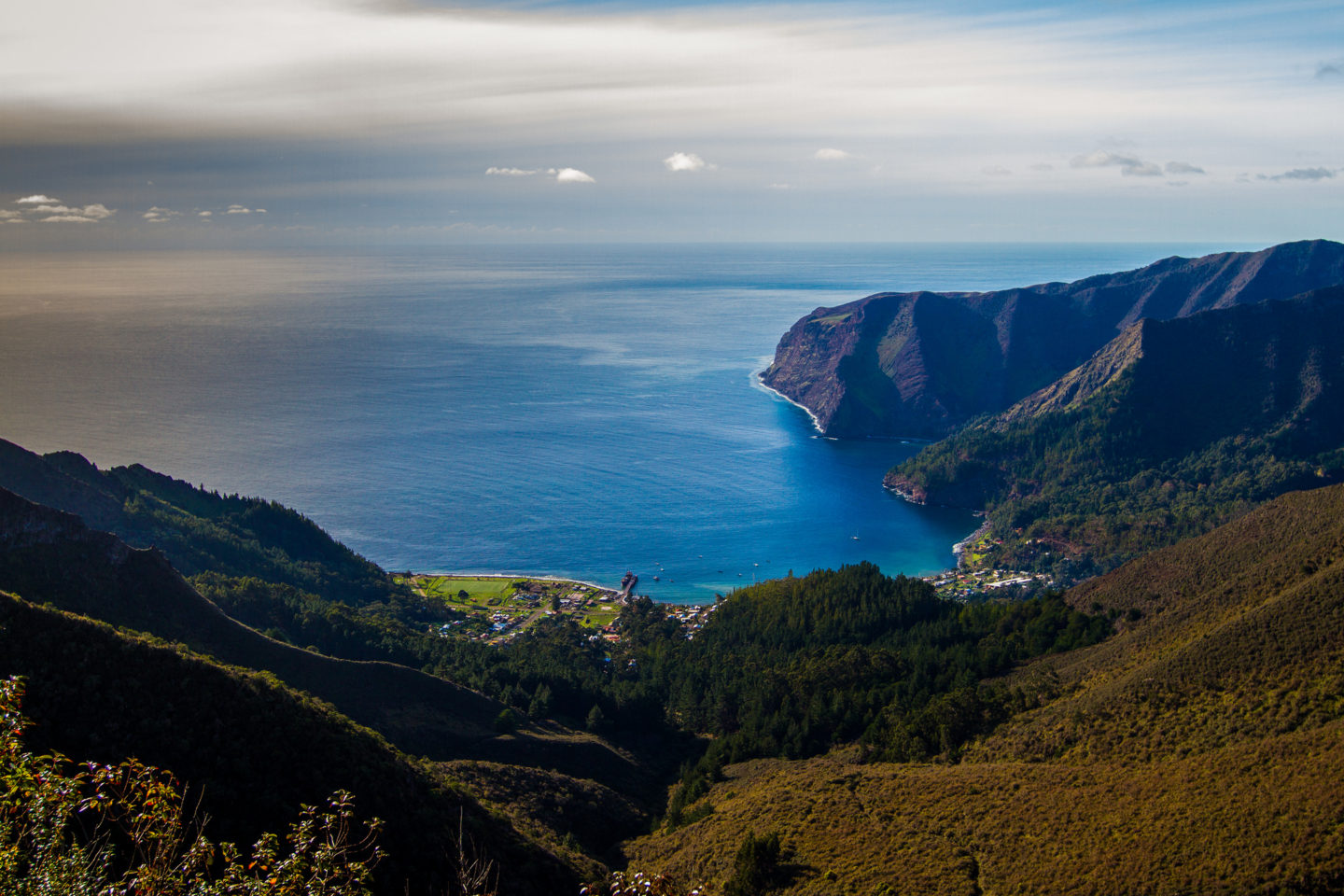
“They were taking everything,” he said. “Big ones, small ones, in large quantities. The islanders quickly understood that this could not continue,” he said.
They drew up a set of regulations that they first imposed on themselves: not taking females with eggs; not taking undersized lobsters; not taking them at all during the four-month breeding season and permitting only the use of their traditional wooden lobster traps.
Twenty-one years later, in 1935, the Chilean government issued a decree that made the islanders’ rules official. Last October, the Chilean government announced it would enlarge two marine reserves, one in the vicinity of Cape Horn and the other surrounding the Juan Fernández archipelago. In February this year, 12 days before ending her presidency, Michele Bachelet decreed yet more marine protected areas, bringing the total area of Chilean waters they cover to more than 1.4 million square kilometres, or 42% of the country’s national waters. It was 4% when she entered office four years ago.
Earlier this month, Chile joined forces with Canada, Ecuador and Mexico at the Global Ocean Summit in Mexico, to announce further protected areas along a continental coast that stretches from the Arctic to the Antarctic.
Ricardo Lagos Weber, a senator for the Valparaíso constituency that includes Juan Fernández and Rapa Nui (Easter Island), told the summit that persuading Chileans to dedicate resources to the protection of its small islands’ marine environments has been a challenge.
“To allocate energy, time and political capital to investing in the oceans is difficult sometimes, it’s a pressure to sell,” he said.
In a developing country, Lagos added, such important things involve a political trade-off with urgent social issues, such as poverty, housing, health, and crime.
The International Labour Organisation (ILO) convention 169 obliged Lagos’ government to consult local communities on designating marine protected areas around their islands, Lagos said. “We had to ask them if they want a marine protected area. The second discussion, since that was the easier part, was what kind? What fishing year? What type of fishing?”
The waters around Chamorro’s island, he explained, are uniquely bio-diverse, but jasus frontales would not exist today had the islanders not protected the species.
“It was unusual in 1914,” said Chamorro. “The global paradigm then was that the ocean was an inexhaustible source, and that you could take whatever you wanted. Our forebears were visionaries who understood that it wasn’t possible. That was the difference between them and the global fishing industry.”
Lobsters, he explained, are territorial.
“Our lobsters only circulate in the currents around the island. They don’t go either to the mainland or into the Pacific. They live in a zone that starts around 3,000 metres from the beach and to a maximum of 160 metres in depth. Below that you don’t really find lobsters. We don’t fish other species or use nets, although Chilean law would allow that, as an artesanal fishery. But we agreed not to exploit fish commercially, because we live well from lobster. We don’t need any more money and we don’t need to exploit the fish. If future generations need the fish they can make that decision, but not this generation.”
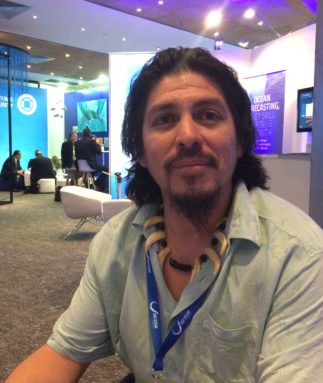
The legacy of the long history of environmental protection is a life of abundance for the small community.
“We have a very good quality of life,” he said. “We have books, we have the internet. Life is very relaxed. We fish for eight months of the year, but our fishing is not very stressful. On a Monday you set the traps; you revisit them on a Wednesday and take out the lobster. Then perhaps you do it again on Friday. So we really work around three months in a year. Otherwise we enjoy life, spend time with our families, go sailing.”
“There is a culture of the sea, not commercial greed. We have a high school with 140 pupils, and unlike in most fishing communities, most of our young people want to be fishermen. The older generation, like me, went to the mainland to university: I am an engineer, for example, with a PhD. Then I came back to be a fisherman. Others are doctors, teachers or nurses, so we have a different outlook and a different way of doing things. We were born to the sea.”
There is a culture of the sea, not commercial greed
It is a culture, he says, that used to exist across the Pacific. “Before the arrival of the global marketplace, all the islands of the Pacific, places like Palau and Micronesia, were self-sufficient and sustainable. We lived from what we had. But with commercialisation, it changed.”
Today the islanders are still protecting their way of life and the lobsters on which it depends. People can come to the islands, but may only stay three months under a 2006 migration law that recognised Juan Fernández and the Galapagos as special territories.
Two years later, the Chilean parliament banned commercial fishing in the vicinity of San Juan Fernández in recognition of its unique biodiversity.
“We are very aware,” he said, “that San Juan Fernández is a treasure. Like all treasures it has to be guarded. We have a naval base not far away, and Chile obliges all ships to carry identifiers (AIS) so it’s easy to see any foreign ships – including Chilean – in the vicinity. The president of Chile has promised resources, including the navy and two big aerial patrol drones. It’s a United Nations commitment, which is reassuring, since it means she will keep her promise.”
Now, he says, apart from fighting illegal fishing, the islanders are concerned to educate the next generation on the island’s unique culture.
“This is vital for us,” he said. “The generation that will manage the future these resources need to understand what we are doing. They have workshops in school on ecology and fishing, so our children learn very young. 99 per cent of our fish are endemic. It’s unique and a treasure that belongs to the world. Losing it would be a tragedy. When even one species disappears, it’s a tragedy for the whole planet. I hope all the children in the world will be able to see this, as my son and I can. I hope it lasts for generations. It’s a very special place.”
With additional reporting by Rob Soutar.
